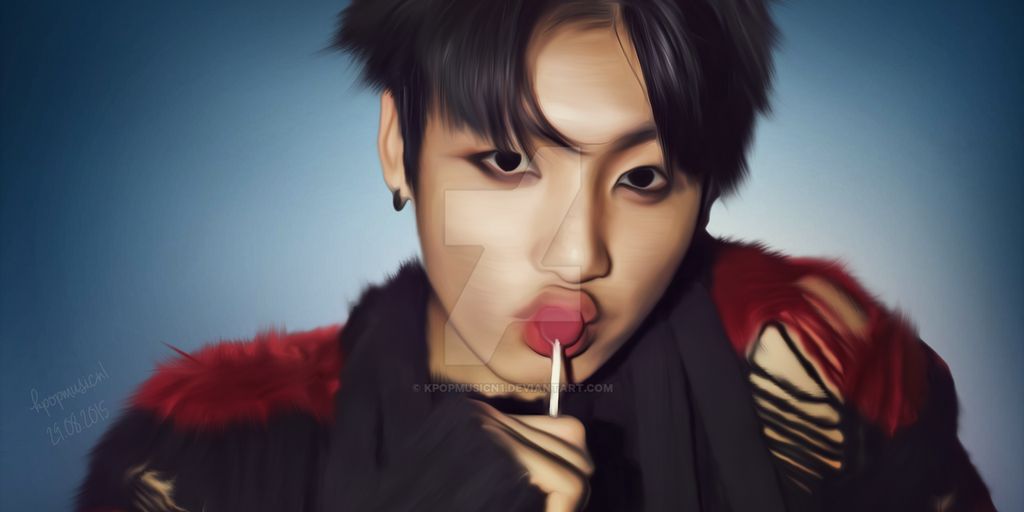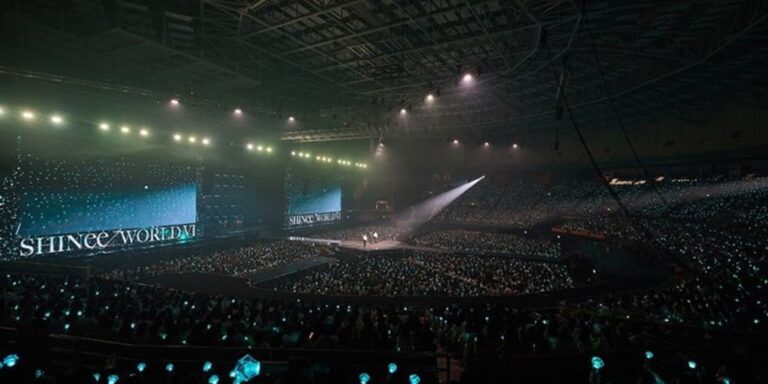
Korean pop music, commonly known as K-pop, has undergone a remarkable transformation from a niche genre to a global phenomenon. Originating in South Korea, K-pop has captivated audiences worldwide with its unique blend of catchy melodies, synchronized dance routines, and visually stunning music videos. This article delves into the evolution of K-pop music styles, exploring its origins, golden era, global domination, artistic performance, future trends, and cultural impact.
Key Takeaways
- K-pop originated in the early 1990s with pioneering groups like Seo Taiji and Boys, who blended Western pop and Korean musical elements.
- The 2000s marked the golden era of K-pop with the rise of iconic groups, the influence of entertainment agencies, and the advent of online platforms.
- In the 2010s, K-pop achieved global domination, breaking into Western markets and leveraging the power of social media and international collaborations.
- K-pop is renowned for its elaborate choreography, fashion, and music videos that serve as a form of storytelling.
- The future of K-pop looks promising with emerging genres, advancements in virtual and augmented reality, and a focus on sustainability and ethical practices.
The Origins of K-Pop: Early Influences and Pioneers
K-Pop began in South Korea during the 1990s, drawing heavily from Western pop music. Seo Taiji and Boys were the first K-Pop group, and they changed the music scene by mixing Korean and Western pop styles. This blend of genres helped shape modern K-Pop.
Seo Taiji and Boys: The Game Changers
Seo Taiji and Boys were a groundbreaking group in the 1990s. They combined rap, rock, and dance, creating a new sound that laid the foundation for today’s K-Pop.
Western Pop and Korean Folk Fusion
Early K-Pop was influenced by Western pop and Korean folk music. This fusion created a unique style that set K-Pop apart from other genres.
The Rise of Idol Culture
The late 1990s and early 2000s saw the rise of idol culture. Talent agencies played a big role in creating and promoting idol groups, which became very popular both in South Korea and around the world.
The Golden Era: K-Pop’s Expansion in the 2000s
The 2000s marked a significant period for K-pop, often referred to as the Golden Era. This decade saw K-pop’s popularity skyrocket, not just in South Korea but globally. Social media platforms like YouTube and TikTok played a crucial role in this expansion, allowing fans from all over the world to discover and share K-pop content.
Global Domination: K-Pop in the 2010s
The 2010s marked a significant era for K-Pop as it began to dominate the global music scene. BTS, in particular, emerged as a trailblazer, dominating both domestic and international music charts and receiving prestigious awards and accolades. From their humble beginnings, they have become a cultural force that transcends borders and languages.
Breaking into Western Markets
K-Pop groups like BTS, EXO, BLACKPINK, and TWICE have played a significant role in spreading K-Pop’s popularity worldwide, particularly in Western markets. Their music and dance continue to receive acclaim on international stages, bringing the influence of Korean culture to fans worldwide.
The Power of Social Media
The rise of social media platforms like TikTok and YouTube has been instrumental in K-Pop’s global boom. Viral dance practice videos and random dance challenges have made K-Pop fans one of the most culturally powerful fandoms in history.
Collaborations with International Artists
Collaborations between K-Pop and Western artists have become more common, further expanding the genre’s global reach. This era emphasized storytelling through music, addressing social issues, and breaking language barriers, solidifying K-Pop’s position as a dominant force in the global music industry.
The Art of Performance: Dance and Visuals in K-Pop
Evolution of Choreography
Elaborate and synchronized dance routines are a hallmark of K-pop performances. The visually stunning choreography, combined with the music, creates captivating stage performances that entertain audiences and leave a lasting impression.
Fashion and Aesthetics
K-pop’s distinctive and diverse fashion choices, both on and off stage, influence global fashion trends, attracting attention and admiration from fans who appreciate their bold and innovative styles.
Music Videos as Storytelling
K-Pop’s emphasis on high-quality music videos, intricate choreography, & captivating visuals has raised the bar for the music industry as a whole. K-Pop music videos often tell a story, creating a visual narrative that complements the music and engages the audience.
The Future of K-Pop: Trends and Predictions

Emerging Genres and Styles
K-Pop is expected to become even more diverse, with an increasing number of independent artists shaking up the studio scene. Innovation and creativity will be key to K-Pop’s future success. Artists and agencies must find new ways to captivate audiences and push boundaries.
The Role of Virtual and Augmented Reality
Virtual and augmented reality will play a significant role in the future of K-Pop. These technologies will offer fans interactive and immersive experiences, making concerts and fan meetings more engaging.
Sustainability and Ethical Practices
As the industry grows, there will be a greater focus on sustainability and ethical practices. This includes fair treatment of artists, eco-friendly production methods, and responsible marketing strategies.
The future of K-Pop looks bright, promising a world of innovation, creativity, and cultural exchange.
Cultural Impact: K-Pop’s Influence Beyond Music
K-Beauty and Fashion
K-Pop’s influence on fashion and beauty trends cannot be overstated. From streetwear to luxury brands, K-Pop idols have become fashion icons, setting trends that fans eagerly follow. K-Pop has influenced streetwear trends, with merchandise often incorporating elements of street fashion. Luxury fashion brands have also taken notice, collaborating with K-Pop idols and featuring them in their campaigns.
Language and Education
K-Pop has become a gateway to Korean culture, encouraging people to explore Korean traditions, cuisine, and history. Many fans are now learning Korean to better understand the lyrics and connect with their favorite artists. This has led to a surge in the popularity of Korean language courses worldwide.
Fan Culture and Community
K-Pop’s dedicated fanbase, known as “fandoms,” plays a crucial role in its global success. These fans are not just passive listeners; they actively promote their favorite groups, organize events, and even participate in charitable activities. The sense of community among fans is strong, creating a global network of K-Pop enthusiasts.
K-Pop’s impact on the music industry, fashion, and beauty trends, and Korean culture cannot be overstated. As K-Pop continues to evolve and captivate audiences, its future looks bright, promising a world of innovation, creativity, and cultural exchange.
Conclusion
The evolution of K-Pop music styles is a testament to the genre’s ability to innovate and adapt while staying true to its roots. From its early beginnings with Seo Taiji and Boys to the global dominance of groups like BTS and BLACKPINK, K-Pop has continually pushed the boundaries of music, dance, and fashion. Its unique blend of Western and Korean influences, combined with its vibrant visuals and synchronized choreography, has captivated audiences worldwide. As K-Pop continues to evolve, it is poised to remain a significant cultural force, influencing not only the music industry but also fashion, entertainment, and global pop culture for years to come.
Frequently Asked Questions
What is K-Pop?
K-Pop stands for Korean pop music, a genre that originated in South Korea and incorporates a variety of musical styles including pop, hip-hop, R&B, and electronic music.
Who were the pioneers of K-Pop?
Seo Taiji and Boys are often credited as the pioneers of K-Pop. Their innovative blend of Western pop, hip-hop, and Korean musical elements in the early 1990s marked a significant departure from traditional Korean music.
How has K-Pop evolved over time?
K-Pop has evolved from a niche genre in South Korea to a global phenomenon. It has become more diverse in terms of musical styles and has gained a larger international following.
What role do entertainment agencies play in K-Pop?
Entertainment agencies in South Korea play a crucial role in the K-Pop industry. They are responsible for scouting, training, and managing artists, as well as producing music and orchestrating marketing strategies.
How has social media contributed to the global popularity of K-Pop?
Social media platforms like YouTube, Twitter, and Instagram have been instrumental in spreading K-Pop globally. They allow artists to reach international audiences, engage with fans, and promote their music and performances.
What are some of the most popular K-Pop groups today?
Some of the most popular K-Pop groups today include BTS, BLACKPINK, EXO, TWICE, and NCT. These groups have achieved significant success both in South Korea and internationally.




Leave a Comment